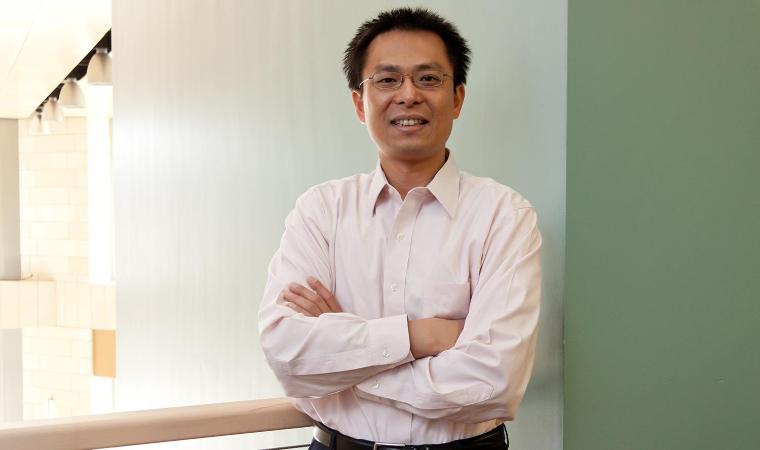
Gangshu (George) Cai, Professor of OMIS
How Exclusive Deals With Revenue Sharing Make Sense
In 2007 Apple announced it was releasing a new product called the iPhone and that AT&T would be the sole carrier for its phone and data services. The exclusive deal between a manufacturer and service provider was unusual for the wireless business at the time, and it caught the attention of Gangshu Cai, who joined the business school faculty as an associate professor of operations management and information systems in Fall 2012.
“It was a unique marketing phenomenon,” Cai says. “They were doing something different from their competitors, and I found myself asking why it was happening now, considering how long the cell phone and wireless industries had been around.”
That idea resulted, several years later, in a paper, “Exclusive Channels and Revenue Sharing in a Complementary Goods Market,” written by Cai as first author, and colleagues Yue Dai of Fudan University, and Sean X. Zhou of Chinese University of Hong Kong. It was published in the January-February 2012 issue of Marketing Science.
The idea of an exclusive provider seemed counter-intuitive; revenue sharing was the critical ingredient.
Cai says that at first the idea of an exclusive service provider for a new product seemed counterintuitive, since Apple could presumably have sold more phones by letting all wireless carriers provide phone and data service. He quickly grasped that revenue sharing had to be the critical ingredient in the deal, and his subsequent research bore that out.
“If a manufacturer goes exclusively with one service provider, it creates a smaller market for the product,” Cai says, “but the tradeoff is revenue sharing. This paper could be the first to describe this sort of exclusive arrangement in terms of revenue sharing for complementary goods.”

While only Apple and AT&T know the details of their revenue-sharing agreement, there are some observable indications as to how it could work to the benefit of both firms.
For example, Cai notes in the paper that as the exclusive service provider for a hot and greatly demanded product, AT&T was able to charge a base service rate for the iPhone that was almost 50 percent higher than its existing base rate. Whatever the split with Apple may have been, both companies likely benefited from the additional revenues. Apple’s overall share of revenues presumably was enough to make up for what it lost by not selling to customers of other wireless carriers, and the revenue-sharing agreement may have helped it lower the purchase price of the phone to attract additional buyers.
The model developed by Cai and his colleagues also suggested that an exclusive arrangement makes more sense in a highly competitive market, where neither the manufacturer nor the service provider holds a dominant position.
If the product becomes more dominant, the service provider benefits from it more than the manufacturer, and the relationship between the two becomes asymmetric. In that case, it probably makes sense for the manufacturer to opt out of the exclusive arrangement, as Apple later did by allowing Verizon to become a service provider after the iPhone became a huge hit.
Although the paper was inspired by the Apple/AT&T deal, the model it posits for evaluating exclusive deals could be applied to a wide range of commercial enterprises, and Cai is quick to point out that the current business environment is rife with examples: Sirius Radio’s exclusive deal to broadcast NFL games on satellite; Martha Stewart’s granting of exclusive retail rights for her products to Kmart and Macy’s; author Stephen King’s agreeing to have Amazon be the sole publisher and distributor of his e-books.
“This paper came out of reality, telling a good story about Apple and AT&T,” Cai says, “But the model we developed can be applied to many industries. The combination of exclusive deals and revenue-sharing shown in our model is what filled in a gap in the existing literature.”
